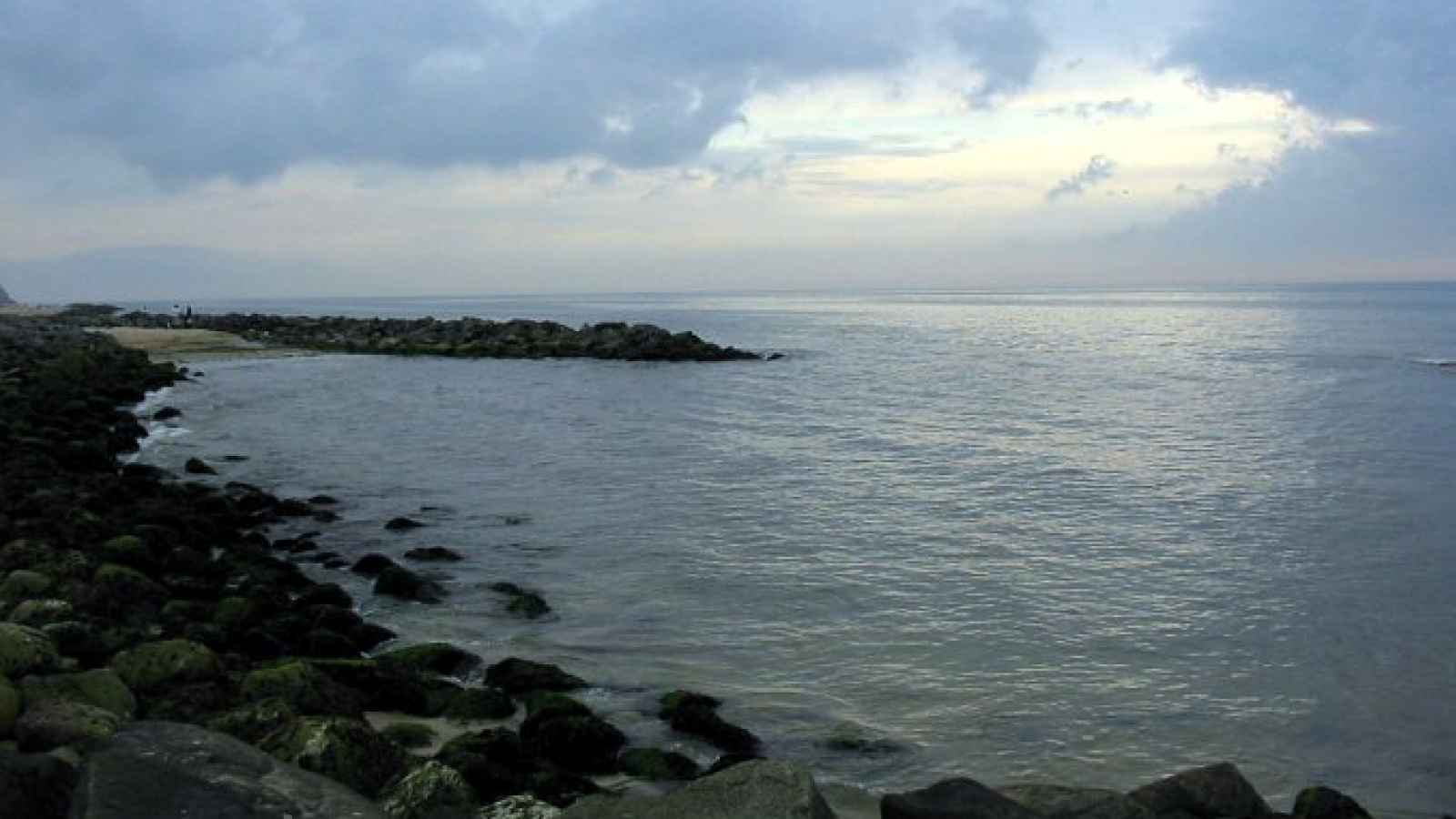Giant sand mounds beneath the North Sea have puzzled scientists for years. Now, researchers have discovered that these mysterious structures were created by a geological process that has never been seen on such a huge scale.
Seismic data and rock samples from the northern North Sea, off the coast of Norway, suggest that these miles-wide mounds sank millions of years ago, lifting up older, less-dense “ooze” beneath. The findings could help scientists learn more about future carbon storage options, the researchers wrote in the new study, which was published June 21 in the journal Communications Earth and Environment.
Researchers have known about these mounds buried beneath the seabed for years but haven’t reached a consensus regarding the structures’ origins. Proposed explanations have included landslide deposits, sandstone pushed up from below, or mud forced through brittle rock.
Now, using a three-dimensional seismic dataset covering the northern North Sea, along with rock samples, researchers examined the mounds and the surrounding regions. They found that the structures were surrounded by older, low-density “ooze,” composed in large part of the fossil remains of ancient microorganisms.
The mounds were chemically similar to nearby sands that appear later in the geological record. In some places, the mounds were connected to these sands via fractures in the rock. This suggests that the mounds were made of younger sands that sank beneath the older, lighter ooze below.
The sunken sands have jumbled the expected pattern in the geological record. Usually, older layers of rock are buried deeper than younger sediment, leaving a record of the processes that shaped the landscape over time.
“This discovery reveals a geological process we haven’t seen before on this scale,” study co-author Mads Huuse, a geophysicist at the University of Manchester in the U.K., said in a statement. “What we’ve found are structures where dense sand has sunk into lighter sediments that floated to the top of the sand, effectively flipping the conventional layers we’d expect to see and creating huge mounds beneath the sea.”
Earthquakes or changes in pressure may have caused the sands to behave like a fluid, thus enabling it to flow through fractures in the seabed and slip beneath rigid sections of the ooze. The researchers dubbed these large, sinking mounds “sinkites.” The ooze rafts, buoyed upward, were named “floatites.”
“This research shows how fluids and sediments can move around in the Earth’s crust in unexpected ways,” Huuse said.
The team originally studied these mounds as a possible location for carbon dioxide storage. Before beginning any carbon storage efforts in the region, scientists will need to understand how well and how safely the area can hold on to that carbon.
“Understanding how these sinkites formed could significantly change how we assess underground reservoirs, sealing, and fluid migration — all of which are vital for carbon capture and storage,” Huuse said.
